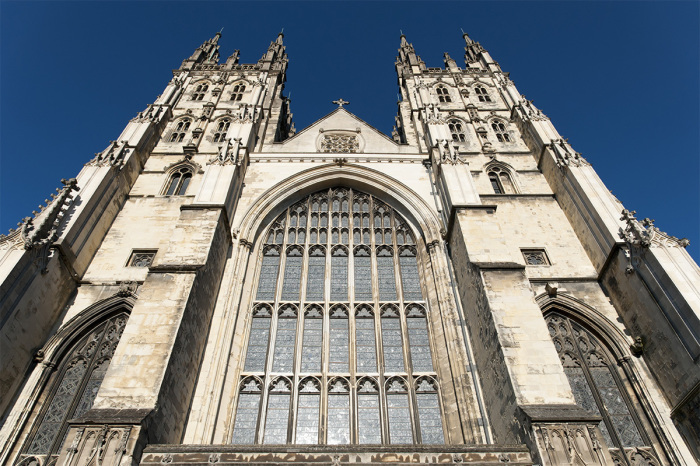New report reveals surprising reason for post-COVID decline in Church of England attendance

A new report suggests that a decrease in access to online and onsite church services is why attendance at Church of England parishes dwindled over the past three years, as opposed to the COVID-19 pandemic.
A study released last month, titled "Church Attendance in October 2022: Post-Covid-19 trends, patterns and possibilities," examined data from the Church of England Dioceses of Canterbury, Chester, Guildford, Oxford and Leeds, comparing attendance numbers from October 2022 to data from October 2019.
The study assessed full data from 1,139 churches, which is 50% of the total churches in the dioceses studied and 7.5% of all the churches in the Church of England. The research was conducted by Bev Botting, a data analyst associated with the Diocese of Oxford and a freelance statistician, Ken Eames, a senior statistical researcher for the Church of England, and Venerable Bob Jackson, a church growth consultant.
The data from October 2019 reflects the state of church attendance in Church of England dioceses in the months before the coronavirus pandemic led to government-imposed worship restrictions that banned in-person worship services from taking place. The October 2022 statistics paint a picture of church attendance after the pandemic waned.
According to the data, across all five dioceses, total onsite weekly attendance for October 2022 amounted to between 73% and 81% of the attendance figures recorded in 2019, with an average of 78%. Researchers noted that those numbers were 38% and 71% for 2020 and 2021, respectively. They concluded that while onsite church attendance continued to increase in 2021-22, it has done so at a slower rate than in 2020-21.
On average, the weekly onsite attendance in 2022 was 22% lower than it was in 2019. Adding online services increases the weekly attendance rate at the churches studied from 78% to 89%. By diocese, weekly attendance rates that include online services ranged from 82% to 93%.
The study also drew attention to an increase in the share of churches not offering a service every Sunday, rising from 19% in 2019 to 26% in 2022.
“The more rural the diocese and the higher the proportion of small churches, the higher the proportion that stopped one or more Sunday services a month, but the differences seem greater than this, suggesting that different dioceses have responded post-Covid-19 in different ways,” the study reads.
Regarding the churches that continued offering online services and did not reduce the number of services offered, these churches “fully regained” their 2019 attendance levels, according to the study.
“With total onsite attendance at 78% of 2019 it seems that the average congregation in 2022 was only slightly smaller than in 2019 – most of the 22% attendance fall is associated with a 17% drop in the number of services,” the researchers found.
The study authors noted that the recovery in attendance was stronger in churches with “the same or more services than in 2019.”
According to the study, “The 58% of churches with fewer services had regained only 71% of their 2019 attendance; the 25% of churches with the same number of services regained 81%, and the 17% with more services regained exactly 100%."
Discussing why the church has yet to recover following the pandemic, the study authors disagreed with the argument that COVID-19 helped speed up the “inevitable decline” of the church. Such arguments take church leaders off the hook, the researchers said.
The study authors highlighted how there was instead a “strong correlation between reduced provision of online and onsite services and reduced attendance.” They further noted that the average number of people attending has declined with the number of church services offered.
“Churches still online are attracting almost as many online attendees as they were in 2021 – so it seems likely that churches stopping online would have kept at least some online participants if they had kept going,” they contended.
Based on this information, the researchers concluded that reduced offerings in online and onsite church services are the reason the data is lower than it was in 2019, and not because the demand for church is in an “inevitable decline.”
The study authors recommended that churches address leadership capacity and organize a recovery project for larger churches. The researchers also encouraged church leaders to discuss the findings in the report, stating that they are free to distribute it among their synods, clergy and churches.
Samantha Kamman is a reporter for The Christian Post. She can be reached at: samantha.kamman@christianpost.com. Follow her on Twitter: @Samantha_Kamman





























